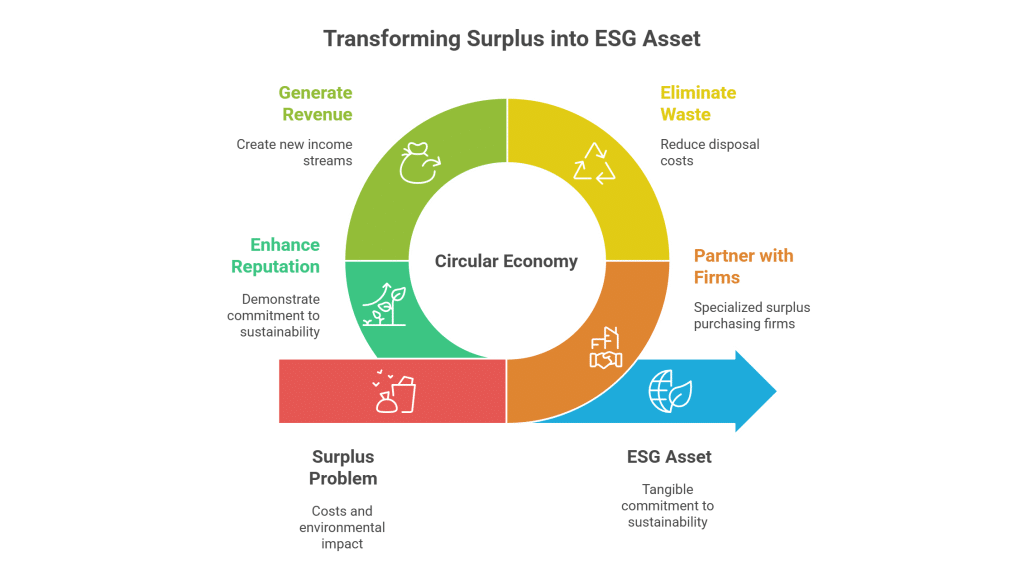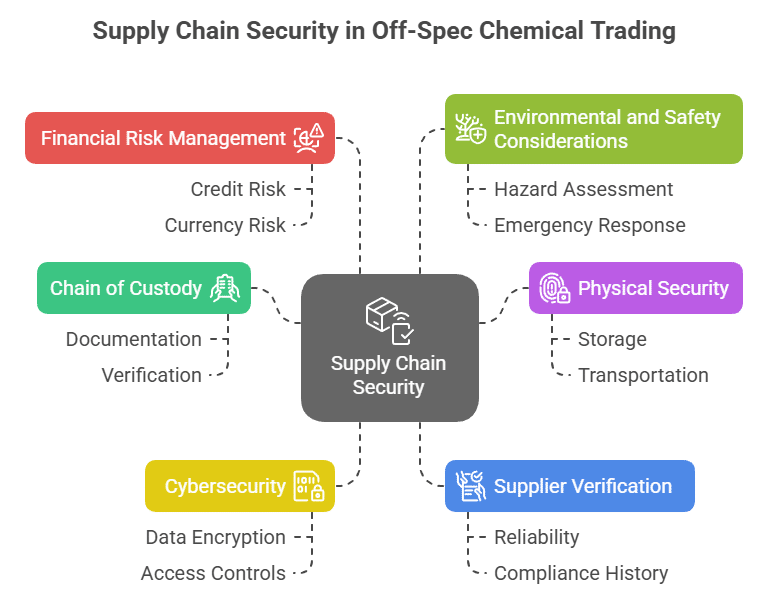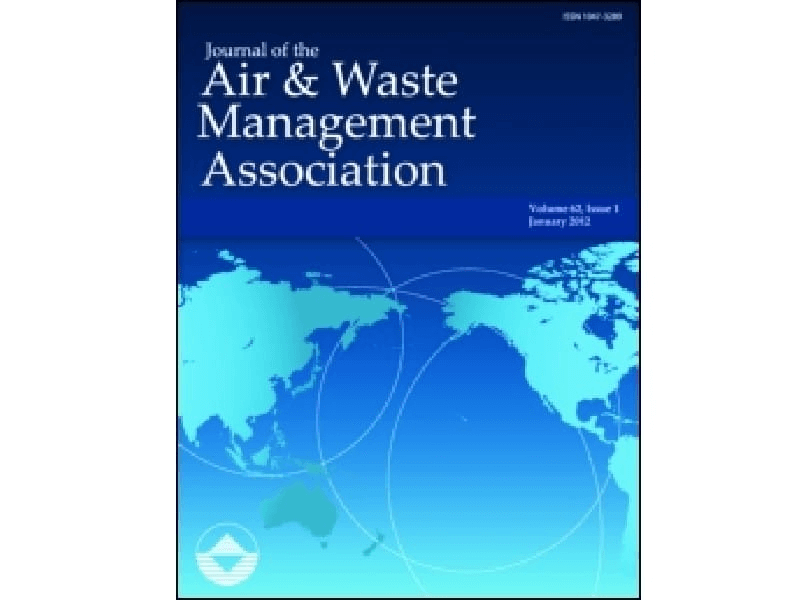Discover the Power of TFMSA in Precision Microelectronic Etching
Buy & Sell Surplus Trifluoromethanesulfonic Acid (TFMSA) – Superacid Solutions for Microelectronic Etching
TFMSA & Its Vital Role in Superacid Etching for Microelectronics
Table of Contents
Transforming Surplus TFMSA into a Strategic Advantage in Microelectronic Etching
A prominent microelectronics manufacturer recently faced an overstock of TFMSA due to a shift in production dynamics and improved process efficiencies. Recognizing the potential risk of chemical degradation and the high cost of storage, the company partnered with a surplus chemical trading platform. By selling off the excess TFMSA, they not only alleviated the storage burden but also generated significant additional revenue. This move enabled them to reinvest in cutting-edge etching technology, boost production efficiency, and reduce environmental hazards associated with chemical disposal. As a result, the manufacturer maintained a steady supply of high-purity TFMSA for critical etching applications, ensuring that their integrated circuits met the industry's exacting standards. This strategic turnaround highlights the tangible financial and environmental benefits of proactive surplus chemical management in a high-tech, competitive market.



















